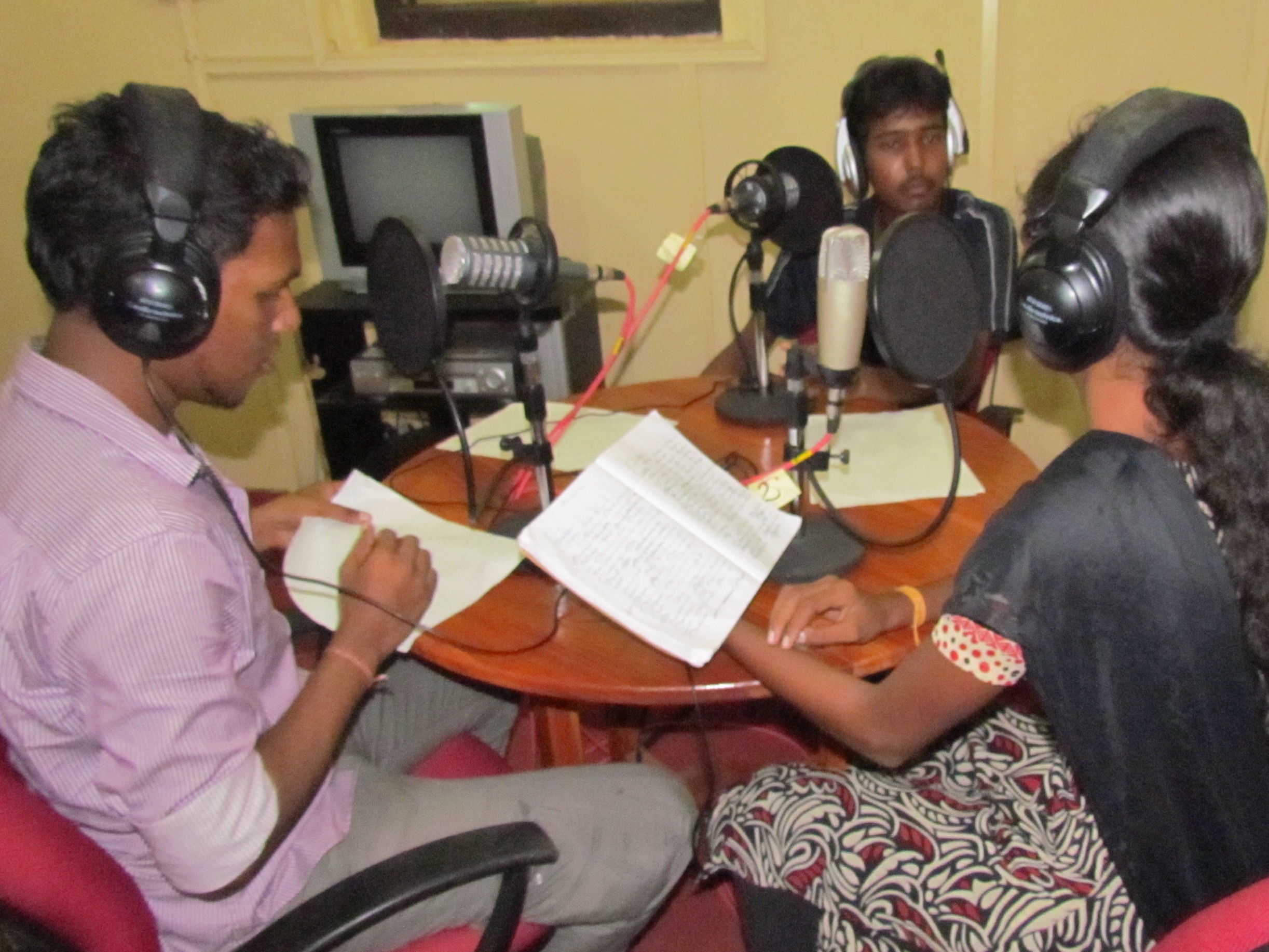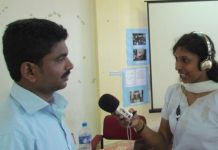
The job of the journalist is to uncover the stories that shape our understanding of the world.
It’s not merely about reacting to events, but about proactively seeking the narratives that illuminate the human experience.
While traditional categories such as conflict and disaster remain relevant, the modern news landscape demands a more nuanced and interconnected approach.
Expanding the traditional categories:
- Conflicts: Beyond the battlefield:
- While armed conflicts remain significant, the concept of conflict has broadened. We must consider:
- Information warfare: The spread of misinformation and disinformation as a tool of conflict.
- Cyber conflicts: Attacks on critical infrastructure and data breaches.
- Social and cultural conflicts: Debates surrounding identity, representation, and social justice.
- Economic conflicts: Trade wars, financial instability, and resource scarcity.
- Example: A story could explore the impact of social media algorithms on political polarisation, highlighting the subtle but powerful conflicts shaping society.
- While armed conflicts remain significant, the concept of conflict has broadened. We must consider:
- Disaster and tragedy: Resilience and response:
- Beyond reporting the immediate devastation, journalists must focus on:
- Climate change-induced disasters: Increased frequency and intensity of extreme weather events.
- Systemic failures: Investigating the root causes of disasters, such as inadequate infrastructure or regulatory oversight.
- Community resilience: Highlighting stories of recovery and adaptation.
- Psychological impact: reporting on the mental health toll of disasters.
- Example: An in-depth report on the long-term effects of rising sea levels on coastal communities, focusing on adaptation strategies and the displacement of populations.
- Beyond reporting the immediate devastation, journalists must focus on:
- Progress and development: Sustainable and inclusive growth:
- Development is no longer solely about economic growth. It encompasses:
- Sustainable development: Balancing economic progress with environmental protection.
- Social equity: Addressing inequalities in access to education, healthcare, and opportunity.
- Technological ethics: Examining the societal implications of artificial intelligence, biotechnology, and other emerging technologies.
- Cultural preservation: Documenting the impact of globalisation on local traditions and languages.
- Example: A story on a community-led initiative that combines renewable energy with traditional farming practices, promoting both economic and environmental sustainability.
- Development is no longer solely about economic growth. It encompasses:
- Crime: Justice, accountability, and prevention:
- Crime reporting should go beyond sensationalism to explore:
- Systemic issues: Investigating the root causes of crime, such as poverty, inequality, and lack of opportunity.
- Cybercrime: The increasing prevalence of online scams, identity theft, and data breaches.
- White-collar crime: Holding corporations and individuals accountable for financial misconduct.
- Restorative justice: Exploring alternative approaches to crime that focus on rehabilitation and community healing.
- Example: An investigative report on the rise of online scams targeting vulnerable populations, examining the role of social media platforms and law enforcement.
- Crime reporting should go beyond sensationalism to explore:
- Money: The economics of everyday life:
- Beyond financial markets, focus on:
- The gig economy: The impact of precarious employment on workers’ lives.
- Financial literacy: Empowering individuals to make informed financial decisions.
- Economic inequality: Examining the growing gap between the rich and the poor.
- Inflation: The impact of inflation and interest rates on the average person.
- Example: a series of stories that follow the financial lives of several families in a community, highlighting the challenges they face in managing their budgets.
- Beyond financial markets, focus on:
- The underdog: Amplifying marginalised voices:
- This remains crucial, but we must also consider:
- Intersectionality: Recognising the complex interplay of social identities and experiences of marginalisation.
- Citizen journalism: Empowering individuals to tell their own stories.
- Holding power to account: Investigating abuses of power in all sectors of society.
- Accessibility: ensuring that information is accessible to all people, including those with disabilities.
- Example: A collaborative project that partners with community organisations to document the experiences of undocumented immigrants.
- This remains crucial, but we must also consider:
- Religion: Faith, culture, and society:
- Focus on:
- Interfaith dialogue: Promoting understanding and cooperation between different religious communities.
- The role: How religion is active in social and political movements.
- The impact: The affect secularisation has on religious institutions.
- Extremism: The rise of religious extremism.
- Example: a report on how different religious communities are working together to address climate change.
- Focus on:
- Famous people: Influence and accountability:
- Beyond celebrity gossip, explore:
- Influencers: The influence of social media influencers.
- Public figures: The responsibility of public figures to use their platforms for good.
- Youth: The impact of celebrity culture on young people.
- Executive: Holding powerful people accountable for their actions.
- Example: An investigation into the environmental impact of a celebrity’s private jet usage.
- Beyond celebrity gossip, explore:
- Health: Wellbeing in a changing world:
- Include:
- Mental health awareness: Removing the stigma from mental illness and promoting access to care.
- Public health crises: Reporting on pandemics, epidemics, and other health threats.
- The environment: The impact of environmental factors on health.
- Isolation: The effect of social isolation on health.
- Example: A story on the mental health challenges faced by young people during the COVID-19 pandemic.
- Include:
- Sex: Beyond taboos:
- Cover:
- Diversity: Gender equality and LGBTQ+ rights.
- Harm: Sexual violence and harassment.
- Well-being: Reproductive health.
- Understanding: Changing social norms around sexuality.
- Example: A report on the challenges faced by transgender individuals in accessing healthcare.
- Cover:
- Weather: Climate and its impact:
- Focus on:
- Effect: The long-term effects of climate change.
- Populations: The impact of extreme weather events on vulnerable populations.
- Science: The science of climate change.
- Economy: The economic cost of climate change.
- Example: A series of stories that document the impact of drought on farmers in a particular region.
- Focus on:
- Food and drink: Sustainability and security:
- Include:
- Security: Food security and hunger.
- Sustainability: Sustainable agriculture.
- Environment: The impact of food production on the environment.
- Alternatives: The rise of plant based diets.
- Example: An investigation into the effects of industrial agriculture on water resources.
- Include:
- Entertainment: Culture and reflection:
- Focus on:
- b The role of art and culture in social change.
- Technology: The impact of technology on the arts.
- World variety: The globalisation of culture.
- Culture: The importance of preserving cultural heritage.
- Example: A report on the rise of independent filmmakers in a particular country.
- Focus on:
- Sport: Beyond the game:
- Cover:
- Society: The impact of sports on society.
- Ethics: The ethics of sports.
- Diversity: The role of sports in promoting social inclusion.
- Economy: The business of sports.
- Example: An investigation into the use of performance-enhancing drugs in professional sports.
- Cover:
- Human interest: The power of personal stories:
- Cover:
- Inspiration: Stories that inspire hope and resilience.
- Stereotypes: Stories that challenge stereotypes.
- Humanity: Stories that connect us to our shared humanity.
- Experience: Stories that are told by the people who lived them.
- Example: A story about a refugee who starts a successful business in a new country.
- Cover:
The purpose of news in the digital age:
The purpose of news remains to inform and educate, but in the digital age, we must also consider:
- Combating misinformation: Providing accurate and reliable information to counter the spread of fake news.
- Promoting media literacy: Empowering individuals to critically evaluate information sources.
- Fostering civic engagement: Encouraging informed participation in democracy.
- Building community: Connecting people through shared stories and experiences.
Conclusion:
Finding news stories is an ongoing process of observation, investigation, and critical thinking. By embracing a broader perspective and exploring the interconnectedness of our world, journalists can uncover the stories that truly matter.
 Questions
Questions
- What is the primary role of a journalist?
- How has the concept of conflict expanded beyond traditional warfare?
- Describe the modern approach to reporting on disasters and tragedies.
- What are some main elements of sustainable and inclusive growth in journalism?
- How should crime reporting evolve beyond sensationalism?
- Explain the significance of amplifying marginalised voices in journalism.
- Discuss the role of religion in social and political movements as mentioned in the text.
- How should journalists approach the topic of health?
- What are the challenges faced by journalists in the digital age?
- How can journalists uncover stories that truly matter?
Answers
- The primary role of a journalist is to uncover stories that shape our understanding of the world.
- The concept of conflict has expanded to include information warfare, cyber conflicts, social and cultural conflicts, and economic conflicts.
- The modern approach to reporting on disasters and tragedies involves focusing on climate change-induced disasters, systemic failures, community resilience, and the psychological impact of disasters.
- Main elements of sustainable and inclusive growth include sustainable development, social equity, technological ethics, and cultural preservation.
- Crime reporting should explore systemic issues, cybercrime, white-collar crime, and restorative justice.
- Amplifying marginalised voices involves recognising intersectionality, empowering citizen journalism, holding power to account, and ensuring accessibility.
- Religion plays a role in promoting interfaith dialogue, influencing social and political movements, and addressing the impact of secularisation and extremism.
- Journalists should approach health by raising mental health awareness, reporting on public health crises, examining environmental impacts on health, and addressing social isolation.
- Challenges in the digital age include combating misinformation, promoting media literacy, fostering civic engagement, and building community.
- Journalists can uncover stories that truly matter by embracing a broader perspective and exploring the interconnectedness of our world.
Lesson plan for trainers
If you are a trainer of journalists we have a free lesson plan: Where does news come from?which you can download and adapt for your own purposes.
The source of this training module is Media Helping Media and The News Manual. The image of journalists reading a news bulletin is by David Brewer .









